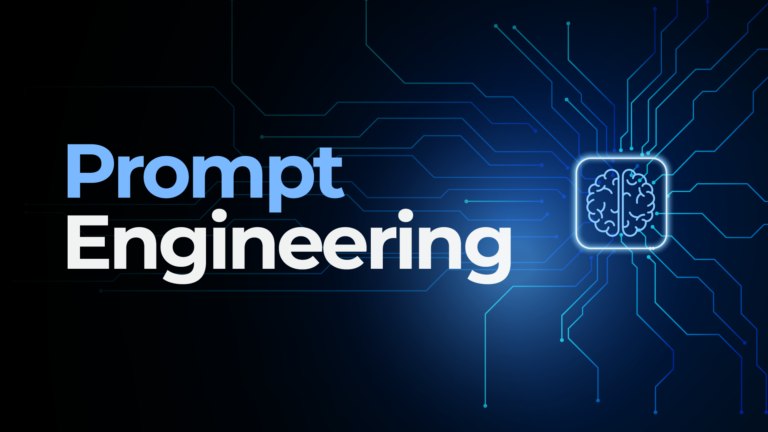What comes to mind when you think of “target audience”? A mix of stats or an actual person? With the proliferation of research technology from data trackers to advanced algorithms, it’s easy to get carried away with how accessible data is. Sometimes, researching your customers is just a Google search away. But we are complex creatures. It’s our complexities that make us unique. We think, act and perceive things differently.
So how can we better profile our target audience to resonate with them authentically? Customer personas.
What is customer persona?

Everyone is different. Your cookie-cutter “middle-aged family man, 45-50, banker” segment won’t cut it in today’s diverse world. You might identify distinct demographics with customer segmentation, but overlook what makes your target audiences human.
Customer segmentation provides a helicopter view of our target audience. It offers a general description of who they are. Whereas, customer persona pictures them as people with goals, motivations and pain points—bringing your target audience to life.
The importance of customer persona
To build a connection with your customers, you first need to understand them. A lifelike customer persona helps brands uncover strategic insights. It does so by identifying the target audience with a spectrum of information ranging demographics to behavioural mindset. When you invest time in knowing your potential customer, it becomes easier to create realistic and relatable marketing narratives.
Design thinking

Customer persona acts as a cornerstone for design thinking. Both methodologies intertwine and provide solutions for user-centric, design executions such as UX, UI, and the list goes on. Segmenting your customers is not enough, because everyone perceives and reacts to your products/services differently. They have different goals or problems that your product needs to address. Therefore, you need to uncover your target audience’s priorities, needs and wants. Only then will you truly empathise with your customer.
Omnichannel planning

Additionally, brands can leverage customer personas to plot targetted omnichannel journeys. Knowing the type of channels your target audiences frequent and the content they consume unveil conversion funnel signposts. What’re their preferred go-to media platforms, brands, entertainment? Are they more of a Facebook or Instagram person? Which are they more likely to frequent: NTUC Fairprice, Giant or Cold Storage? These subtleties may come off as frivolous, but piecing them together give you a specific and well-curated profile of your customer. As a result, helping you plan strategic marketing content and media placement effectively.
5 essential aspects of a customer persona
Firstly, when it comes to building a concrete customer profile, you’ll need to see them as an actual person. This means everything from their name to lifestyle has to be fleshed out so you can grasp a sense of who you’re speaking to.
1. Name
Give your customer a name. It makes them relatable and identifiable.
2. Demographics
Demographics humanise your customer profile. They consist of information such as age, gender, education, ethnicity, family status, income level and religion. These details frame your persona with relevant information and kickstart your customer persona research.
3. Background
Background can be branched into 2 sections – professional and personal. Professional background includes information such as career route, job position and the organisation they work at. While personal background expands on hobbies, education status and preferences. These 2 backgrounds are imperative to discover your customer’s needs and wants.
4. Goals and pain points
Try to identify your customer’s goals and how your product/service helps them achieve it. Does your offering solve their problems? Answer this, and you’ll know whether your USP messaging aligns with your customers’ needs.
Conversely, examining your customers’ pain points highlights any objections that are holding them back. Some of these objections could be due to issues such as brand credibility or even cost and accessibility. The more you know your customers, the more compelling your proposition and messaging can be.
5. Customer’s lifestyle routine and habits
What are your customer’s daily lives and consumption habits like? How do they go to work? These sort of questions bridge the gap between you and your customer. It emphasises your customer’s lifestyle nuances—detailing their go-to media platforms, their brand preferences, and many other often-overlooked daily routines.
So how do you gather all this information?

You can start by structuring a frame of your ideal customer. General segment info such as gender, age, family status and income level will be more than enough at this stage. Once that’s done, time to conduct research.
There are a variety of research methods; the most common ones are online surveys and social listening. Online surveys can give you a broad assessment of your target audience. Who are they, what do they like or dislike, and how can you make things better for them. Other than being effective in retrieving data, online surveys are also affordable to form and quick to disseminate.
To expand your customer persona profile, you’ll need to dive deeper. Research methods such as social listening or mystery shopping provide clarity. These methods uncover your customer’s thought process and behaviour by bringing you closer to them. Knowing where your customer frequents, from brick-and-mortar shops to social media platforms, lets you analyse their preferences and objections. With that, you’ll be able to track your customer’s goals and pain points accurately.
Results of having a well-crafted customer persona
You may be thinking: What’s with all this hassle? The scale of a customer persona research may be daunting. But understanding your audience is the start to impactful brand storytelling.
One of the best examples of customer-centric storytelling is NTUC Income’s “The Promise” campaign.
Rolled out in 2019, it highlighted the woes of ‘sandwich generation’ parents. The story centres around a young, PMET man making ends meet, while tending to the needs of his parents and pregnant wife. Financial pressure arises as he juggles his savings between his parents and newborn. The story then ends with the young man promising not to be a financial burden when he gets older.
The story was well-received. It became a viral hit on Facebook almost instantly. Many netizens felt that they resonated with the man’s predicament. Behind the curtains, NTUC Income had to conduct rigorous research, in order to uncover the consumer insights that led to such evocative storytelling.
It may not seem apparent at first, but everything user-centric from design to brand experiences relies heavily on customer persona. Putting yourself into the perspective of your customer is just the beginning. Crafting a persona is akin to having a torch in the dark. With it, everything becomes visible. Your doubts are cleared. And the path that takes you where you need to go becomes certain.






